Featured Publications
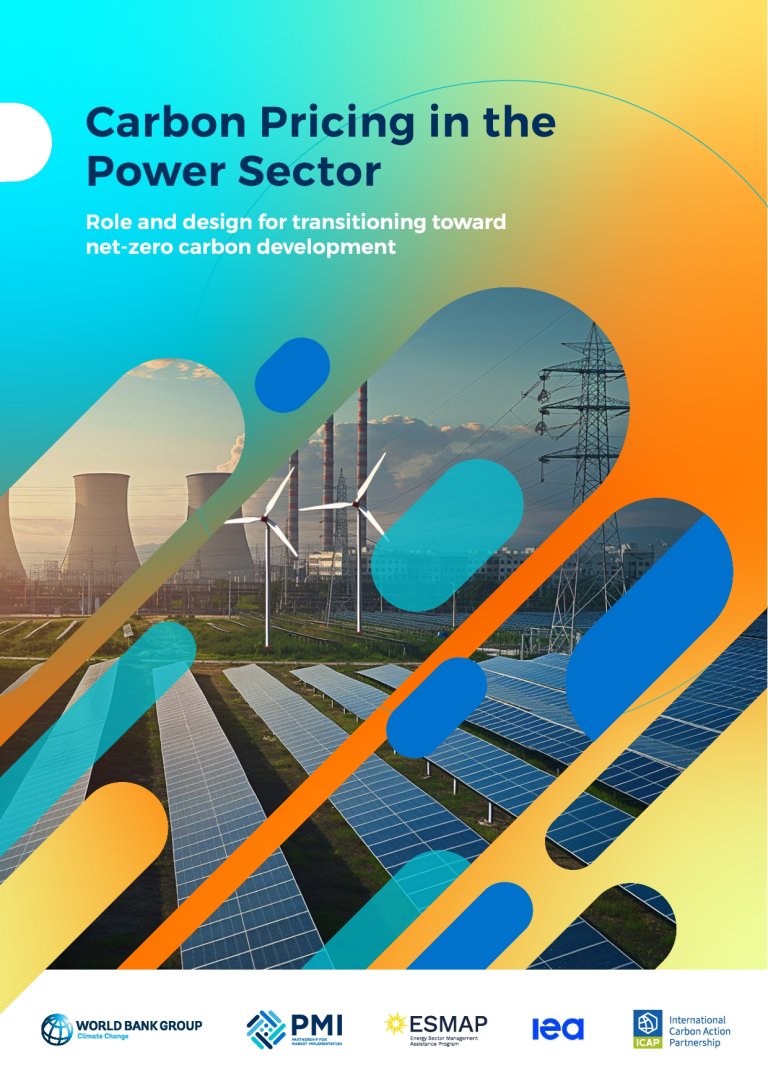
Carbon Pricing in the Power Sector: Role and design for transitioning toward net-zero carbon development
This report delves deep into the power sector value chain dynamics, demonstrating how well-designed carbon pricing instruments can be instrumental in helping countries reach their decarbonization goals. Focusing on how decisions are made in diverse power sector models in several developing countries, this report establishes that the CPI must be carefully positioned at the right regulation point in the power sector’s value chain—rather than merely...
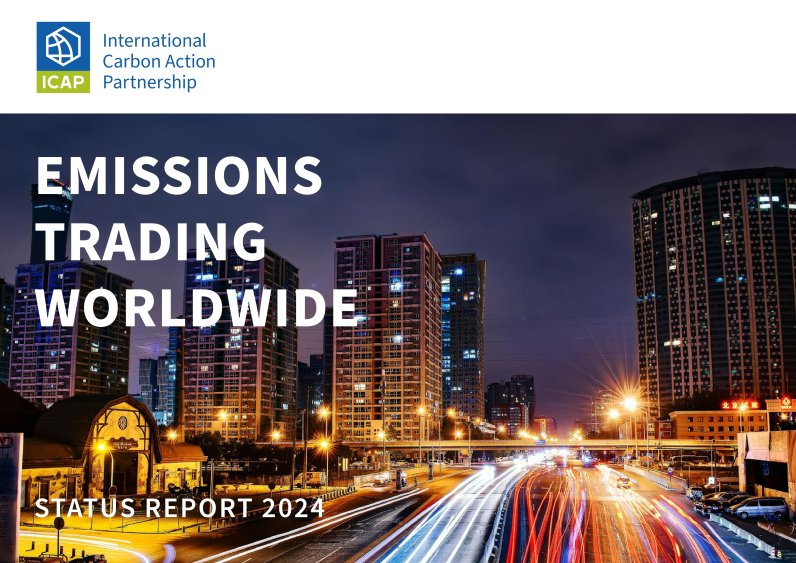
Emissions Trading Worldwide: 2024 ICAP Status Report
Check out the 2024 ICAP Status Report with the latest developments in emissions trading around the world.
The report includes:
🔹 State and outlook of emissions trading worldwide
🔹 Detailed factsheets on every system in operation, under development, and under consideration
🔹 Infographics that visualize the systems' characteristics
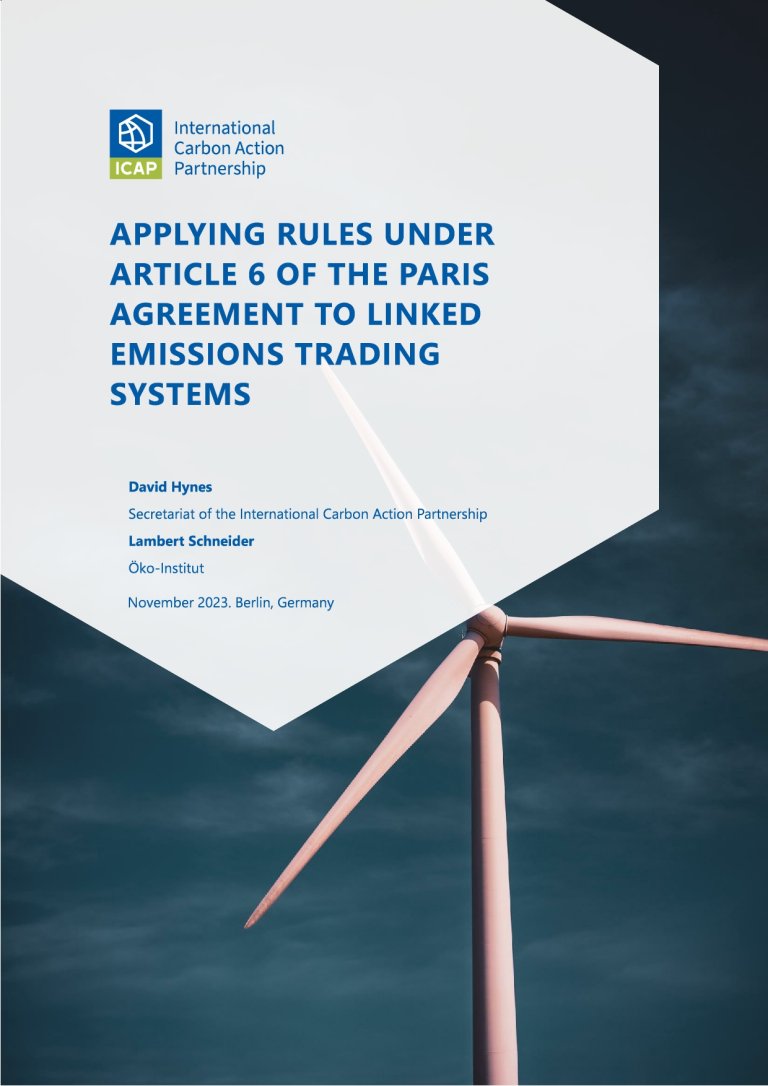
Applying Rules under Article 6 of the Paris Agreement to Linked Emissions Trading Systems
This paper explores how the Article 6.2 rules agreed at COP26 could be applied to an international link of two ETSs, including how to account for the changes in emissions, addressing the challenges in determining when changes in emissions occur within an ETS, and options to generate finance for adaptation and “net” mitigation from the link.
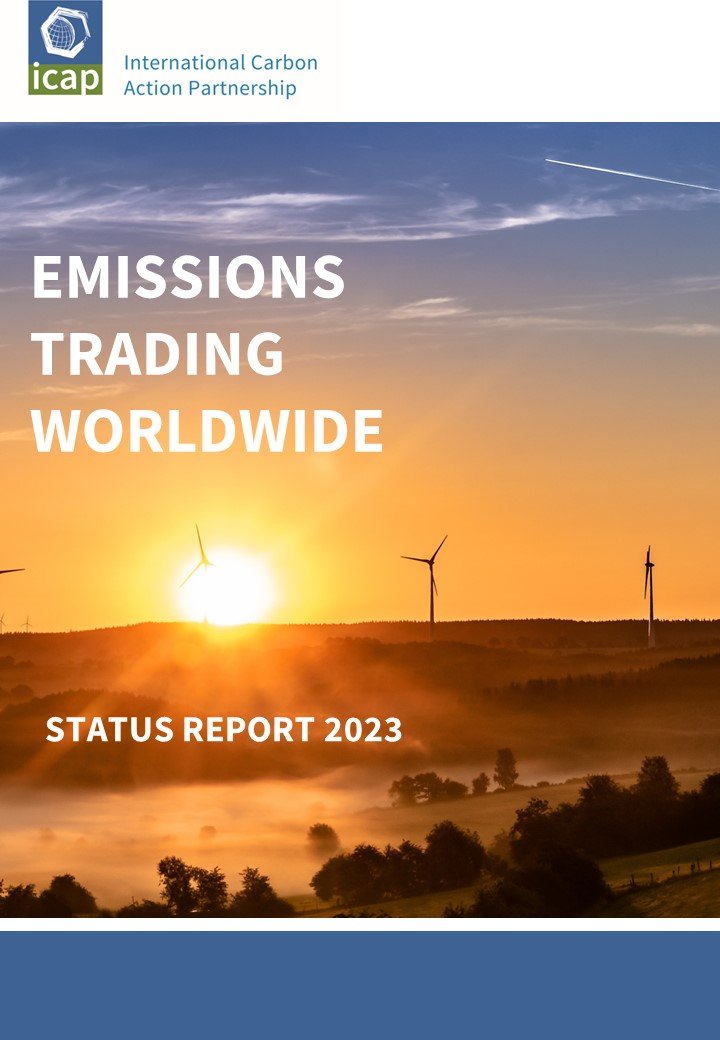
Emissions Trading Worldwide: 2023 ICAP Status Report
Check out the 2023 ICAP Status Report with the latest developments in emissions trading around the world.
The report includes:
🔹 comprehensive snapshot of the latest ETS developments
🔹 up-to-date factsheets on all systems
🔹 infographics that visualize the systems' characteristics
🔹 in-depth articles from policymakers and carbon market experts
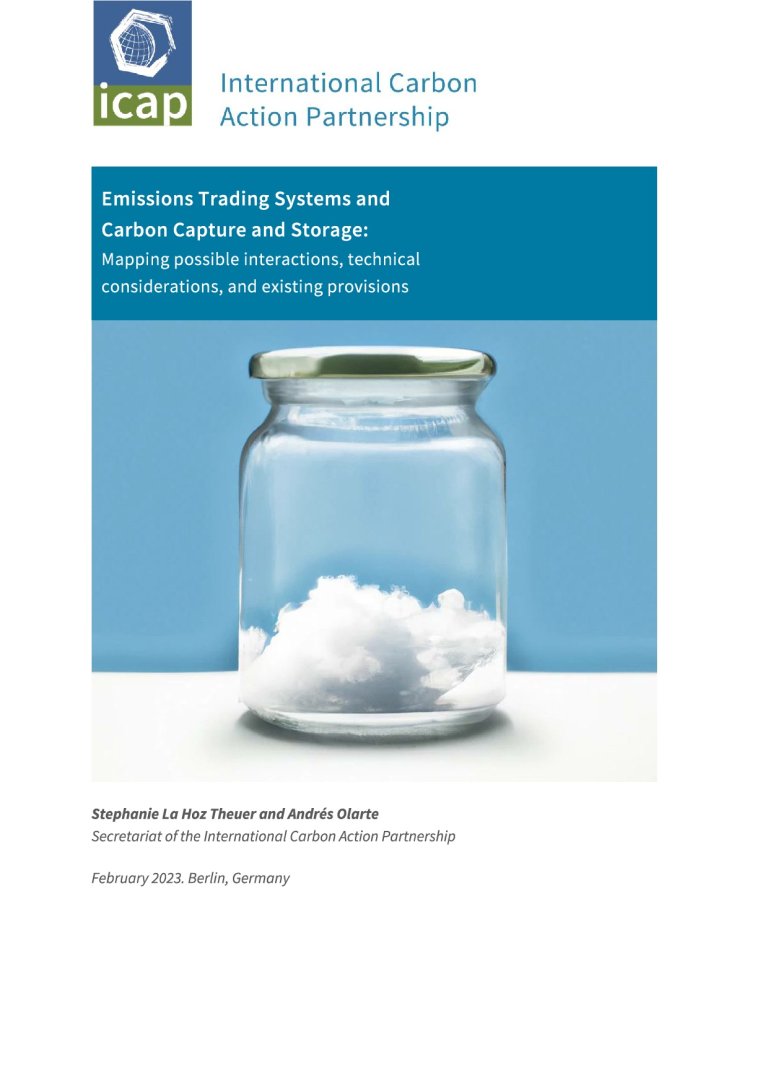
Emissions Trading and Carbon Capture and Storage: Mapping possible interactions, technical considerations, and existing provisions
This report explores how CCS is treated in different ETSs around the world; if and how ETSs could play a role in incentivizing the development and deployment of CCS applications; and the challenges and opportunities in developing the required regulation in this context.
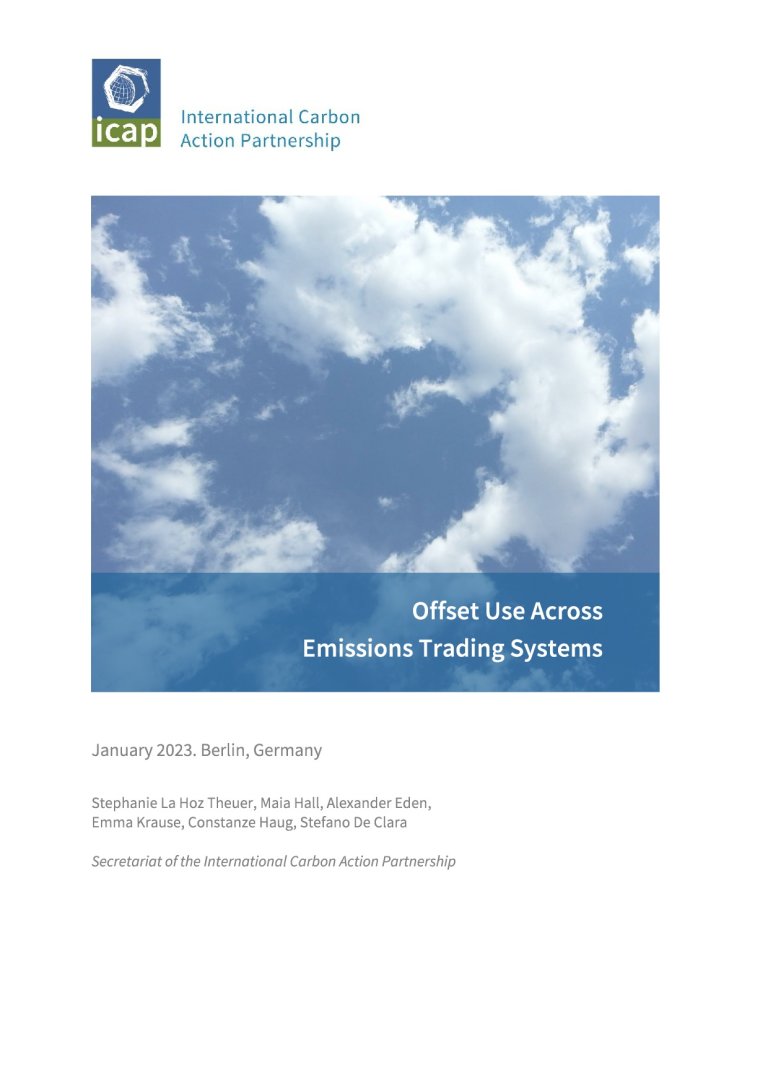
Offset Use Across Emissions Trading Systems
As market-based instruments, emissions trading systems are inherently flexible, as entities can decide to reduce their own emissions or buy emissions allowances from the market. Carbon offsets (or simply ‘offsets’) are a tool to further increase flexibility in reaching climate targets under ETSs, as they offer sectoral and geographical flexibility for jurisdictions to reduce greenhouse gas emissions outside of the scope of their ETS. This report...
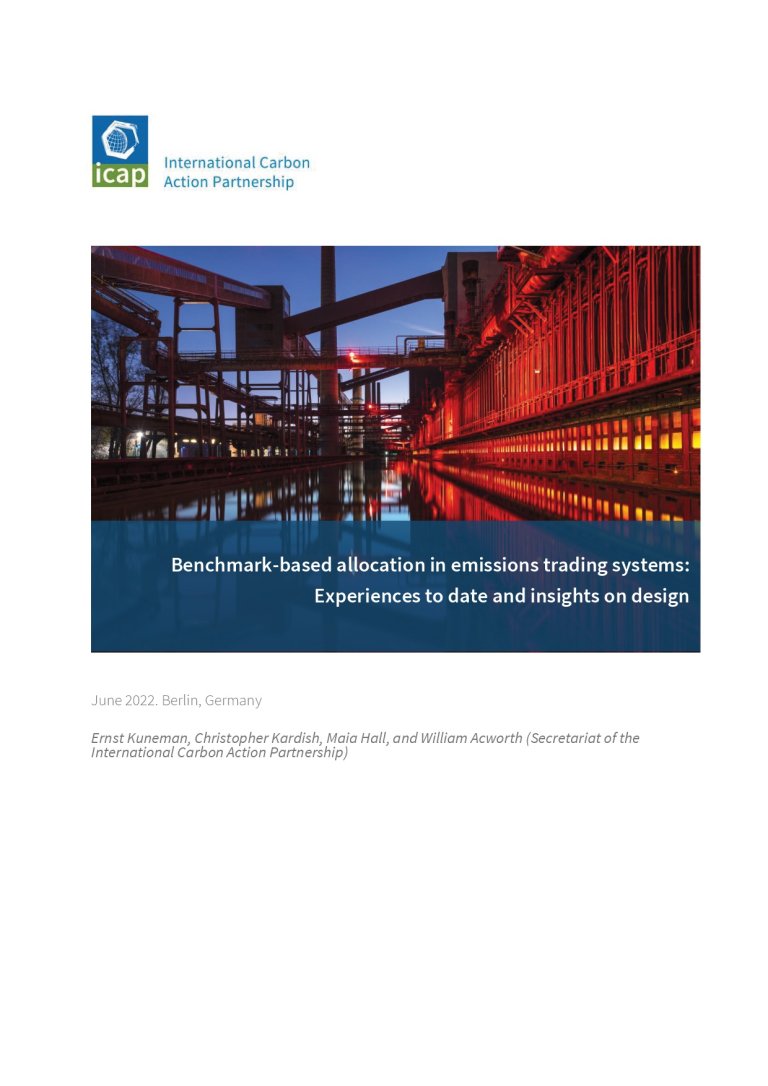
Benchmark-based allocation in emissions trading systems: Experiences to date and insights on design
Benchmarking can protect against carbon leakage while setting incentives to reduce emissions, but their design entails complex trade-offs. This paper explores benchmark-based industrial allocation design and experiences, using insights from existing ETSs, and their implications for abatement and low-carbon investment incentives.

ICAP & World Bank Paper: Governance of Emissions Trading Systems
ICAP and the World Bank jointly published a paper on the governance of emissions trading systems.
-
DateCategoryPapers & ReportsCover Image
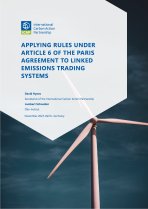
 DateCategoryPapers & Reports
DateCategoryPapers & ReportsApplying Rules under Article 6 of the Paris Agreement to Linked Emissions Trading Systems
Learn moreTeaser + metatagsThis paper explores how the Article 6.2 rules agreed at COP26 could be applied to an international link of two ETSs, including how to account for the changes in emissions, addressing the challenges in determining when changes in emissions occur within an ETS, and options to generate finance for adaptation and “net” mitigation from the link.
-
DateCategoryETS BriefsCover Image
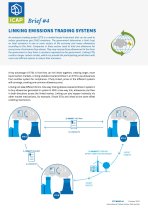
 DateCategoryETS Briefs
DateCategoryETS BriefsLinking Emissions Trading Systems (Brief 4)
Learn moreTeaser + metatagsLearn how linking emissions trading systems creates a larger carbon market, which can provide the participating jurisdictions with more cost-efficient options to reduce their emissions. Understand the different types of linking, why jurisdictions might link their systems, and the links in place around the world.
-
DateCategoryPapers & ReportsCover Image

 DateCategoryPapers & Reports
DateCategoryPapers & ReportsAccounting for the Linking of ETSs under Art 6.2 of the Paris Agreement
Learn moreTeaser + metatagsThe paper looks at internationally linked emissions trading systems, examining four approaches to account for the flow of allowances across international borders under the Paris Agreement. The findings can inform the ongoing negotiations on the Paris Rulebook, as well as bilateral agreements between jurisdictions.
-
DateCategoryHandbooks and GuidesCover Image
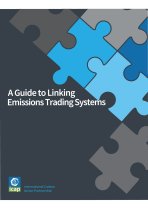
 DateCategoryHandbooks and Guides
DateCategoryHandbooks and GuidesA Guide to Linking Emissions Trading Systems
Learn moreTeaser + metatagsHow to best link emissions trading systems? This guide provides policymakers with a step-by-step for the whole process. Complete with practical experiences, how to avoid possible pitfalls, stakeholder perspectives, and much more.
-
DateCategoryPapers & ReportsCover Image
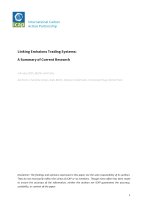
 DateCategoryPapers & Reports
DateCategoryPapers & ReportsLinking Emissions Trading Systems: A Summary of Current Research
Learn moreTeaser + metatagsA summary of key insights from the literature with a focus on the technical dimensions of linking ETS.
